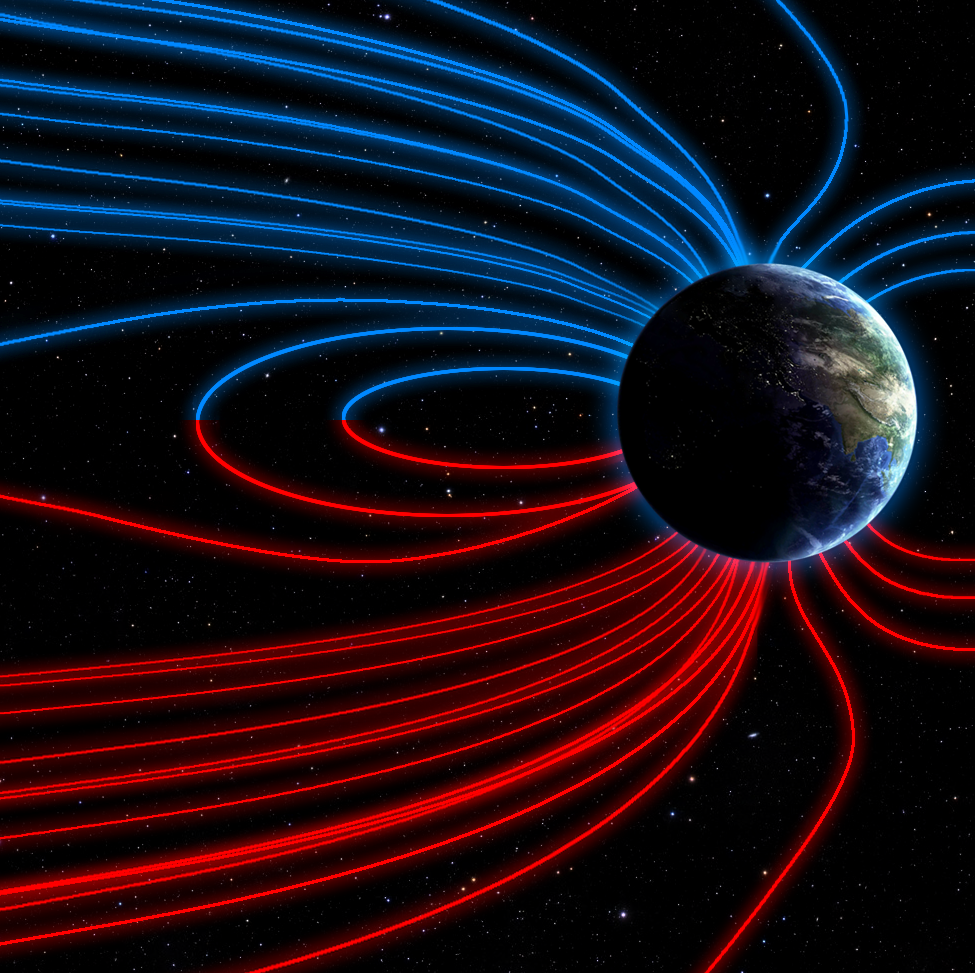FOTW March 11, 2017
On the line: Ben, Billy, Xaviar, Tony, Trevor, Adrian (SuspectSky)
1) Mercury Needs Explaining: https://arxiv.org/pdf/1703.01742.pdf
2) 2007OR10: https://arxiv.org/pdf/1703.01407.pdf
3) ExoMoon Habitability: https://arxiv.org/pdf/1703.02447.pdf
4) FRBs as Alien Space Travel: https://www.cfa.harvard.edu/news/2017-09
5) Ringed Galaxy: https://www.nasa.gov/image-feature/goddard/2017/hubble-showcases-a-remarkable-galactic-hybrid
6) India Cold: http://www.independent.co.uk/news/world/asia/india-elephant-jumpers-villagers-knit-protect-near-freezing-temperatures-weather-mathura-a7535101.html
7) Which TRAPPIST-1 Planet is best-suited for life? https://en.wikipedia.org/wiki/File:PIA21425_-_TRAPPIST-1_Statistics_Table.jpg
Showing 8 comments


What theHeckisthat large or closer to the camera rocky body zooming near /just above the timer on LascoC2 wow start here https://sohodata.nascom.nasa.gov and it should be viewableIsaw it at noonCST
Too bad Trevor wasn’t feeling well. I’d have enjoyed his take.
My first reaction to the “Wikidata” and imaginative renderings were chuckles and smiles. LOL!
All due respect to the scientists involved, this system is fiction. Earth orbits at 93,000,000 miles or one au. The furthest planet from the cool dwarf… star is .06 au, that’s only 5,580,000 miles. The closest is at just 1,023,000 miles or just over 4 Times the moon’s orbit! Trappist-1-H orbits the slowest, 20 earth days. Not factoring in extra speed for maintaining a concentric orbit, that suckers moving at 73,000 mph!
Huh?
Earth moves at 66,000 mph…wait…what? That’s not bad. Those planets aren’t moving inordinantly fast… Doh!
Now I’m embarrassed. A 20 day orbit seemed it would be flying at millions of mph but the math shows it’s comparable to earth. Even the closest one is going only three times faster.
Ok, Arps redshift aside… and based on the info in the article, here’s my take.
There’s little to go on as for survivability. But based on the paintings…Trappist E looks the prettiest and has organized weather and is bluemarbly.
As it’s an ultra cool white dwarf star and crystalizing from the inside out, imparts only thermal radiation and no other energy… Is the size of earth and the density of the sun…(smh)
There seems to be zero radiation concerns other than galactic, so breathable air, temperature, water and gravity are the factors. That said, Trappist E would take me from 180# to what, about 165? That works!
The other requirements are determinable only from the pretty pictures so my vote is E.
I’m not too embarrassed tho. Direct imaging of exoplanets is shaky at best and we had to go to Pluto to know its surface, atmosphere and to figure out it was a binary system, that Charon wasnt one of Pluto’s moons. Couple that with the redshift dilemma and the tendency of mainstream science to draw convenient assumptions? I have serious doubts of these exoplanets being accurately distanced and analyzed for size, composition, mass and orbital distances. I doubt any ultra cool white dwarf star could possibly support human life on any satellite planet unless it was attached.
Fun tho…;)
More Trees lol
http://inhabitat.com/meet-the-teen-planting-150-trees-for-every-person-on-earth/
We don’t see FRB’s or anything of the sort when impacts happen on our star…… why would it be different for a neutron so far away?
Careful you don’t step in the bull poop
There is no need for a Dyson Sphere. All you really need to do is have a sun you can harp on and control which way it’s energy erupts and flares from. If its energy is contained in a Dyson Sphere then how can it Shield the rest of the ship such as the planets that everyone would be riding on ass it cruises across the heavens. Only this time it would be a guided Cruise instead of like us on Earth knowing not where we are going. That way you can take a sustainable ship environment with you as well as its engine star to Shield the whole shooting match. But if you really wanted to make a Dyson Sphere you would blow up a star like ball so that it would provide a dust sphere that would cool and condense the hot plasma gas and crystallized it when you set off the next explosion to send that plasma gas out to the dust sphere so that it would crystallize and form a sphere. That way you can build it and one kaboom actually to Kabooms. And when it cools and crystallizes and gives off all that energy perhaps it may even be a fast energy burst. At Trevor specifically and everyone else on the wall.
And when such a craft such as a solar system that’s guided arrived at its destination it would have to orbit and a very large orbit its destination and like a comet. So that whenever it came near would probably cause chaos in the heavens and everyone would Embark and disembark from the Galaxy or system they were visiting and then it would do another orbit had a good clip a good time and a safe distance. over period of time it would look like we were visited by the old ones who were going to come again someday when the galaxy solar system class system ship came back to the Galaxy and solar system they were visiting. It would make for some great Legends on the visited Galaxy and solar systems.
And of course that is when smaller inter solar systems type ships as you were talking about on fly on the wall would be useful that way the solar system ships would not collide and you could send one of the fast radio bursts ships over to visit and get back.
https://m.youtube.com/watch?v=zP4wn2CXEZM